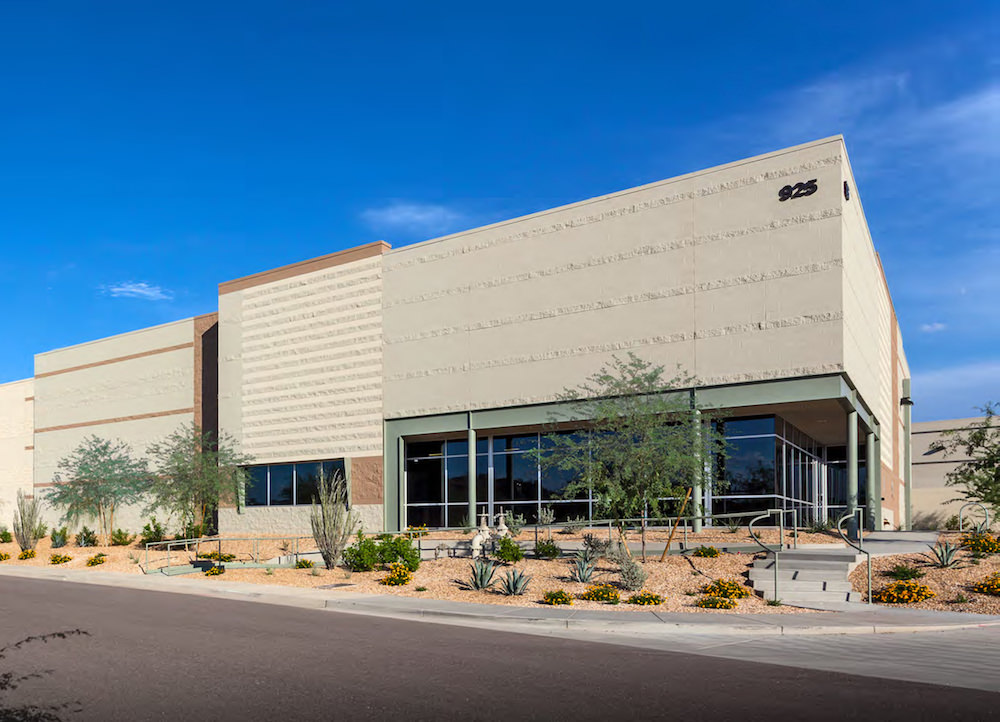Looking at the US Federal Reserve’s activity from the point of view of the Bull-minded investor.
Last week we began our new series called Bulls vs. Bears as a means of taking a fresh look at critical economic issues impacting business decision-making.
This week we begin our look at the monetary policy of the US Federal Reserve Bank. Let it be known that we don’t have advanced degrees in economics, but we do follow the Fed closely enough to know that is worthy of our rapt attention.
The Fed

The Fed was created back in 1913 in a cooperative effort of the federal government and the banking industry. Its primary function is to support healthy employment and inflation levels by controlling the flow and cost of capital.
In other words, it was meant to act as a throttle and a brake to keep the economy rolling along at a safe speed.
When the economy grows too fast, inflation can increase to unhealthy levels, so the Fed increases the cost of capital by raising interest rates. This reduces economic activity and puts the brakes on the increase in the price for goods and services. If the economy slows down, business expansion slows accordingly, leading to higher unemployment, which prompts the Fed to lower the cost of capital enough to get businesses back to hiring more workers to increase production. Sounds simple enough, but as it turns out, real economies are too complex for this method to work as intended.
The Fed is supposed to be an apolitical, non-partisan and independent body of experts that is singularly and objectively focused on its defined purpose.

If you believe that is really the case, we just listed a bridge we’d like to show you. Our central bankers are human beings like the rest of us, and as such they are just as fallible and just as vulnerable to developing their own bias on any given issue. Most of them are highly educated academics, lacking experience in the real world of business.
They live in a world of theoretical models designed to simplify and understand an increasingly complex and largely unpredictable economy. And, like the rest of us, they don’t like to admit they might be wrong, and tend to double down on their mistakes to prove the veracity of their theories by giving them more time to play out. The inherent danger in that is scary at best.
With that as a backdrop, let’s look at the Fed’s current position and view it from a Bullish and then Bearish point of view:
The Bull’s Perspective on The Fed

The Bulls like the fact that the Fed Funds Rate (the benchmark rate the Fed uses to influence the cost of capital at all levels) has been near zero since the last recession ended. That keeps the cost of borrowing low and increases the amount of capital available for business expansion and for consumers to borrow to buy goods and services.
It has also kept mortgage rates at historic lows, which has fueled a prolific run-up in residential and commercial property values over the past 5 years.
If you were a Bull back in 2012 and bought an industrial building for your company, your property has seen double-digit annual appreciation since. As it stands today, rates are still low and property values are still moving higher. Given the Fed’s ongoing reluctance to apply the brakes by raising rates, the Bulls still see some juice left in the real estate market.

The Bulls have also been focused in the equities markets, pushing the Dow and S&P 500 indexes to all-time highs despite sluggish GDP growth since the recovery began six years ago.
The Bulls like the idea that businesses continue to have access to cheap capital, which keeps job creation in positive territory and the unemployment rate under 5%.
They are okay with the fact that many companies are borrowing money to buy back their own stock as a way to boost earnings per share, as long as they own some of those shares themselves. Bulls also take comfort in knowing that Corporate America is stockpiling record amounts of cash for future investment. More than a handful of major American companies have over $100 billion in cash on hand (no, this is not a typo).
Bulls are confident that the Fed lacks the intestinal fortitude to normalize interest rates by stomping on the brakes. Even if the Fed does make a move on rates, they believe it will gradually roll off the gas just enough not to upset the apple cart and tank the recovery. Optimists by nature, the Bulls tend to think of our current economic conditions represent the “new normal” given the fact that the inflationary spike most economists expected to result from the Fed’s long term cheap money stance, has not materialized.

If our current economic situation is indeed the “new normal”, then you can expect Bulls to be Bulls until an unexpected economic or political event really spooks the markets.
The Bear’s Perspective on The Fed
The Bears are already spooked and sleeping with one eye open. Some thoughts on their perspective in our next post. Don’t want to miss it? Enter your email here and we’ll send you an email when we release the next part of this series.

Leave a Reply
You must be logged in to post a comment.